Scheduled Talks | Hands-On Workshops | Walk-Up Activities
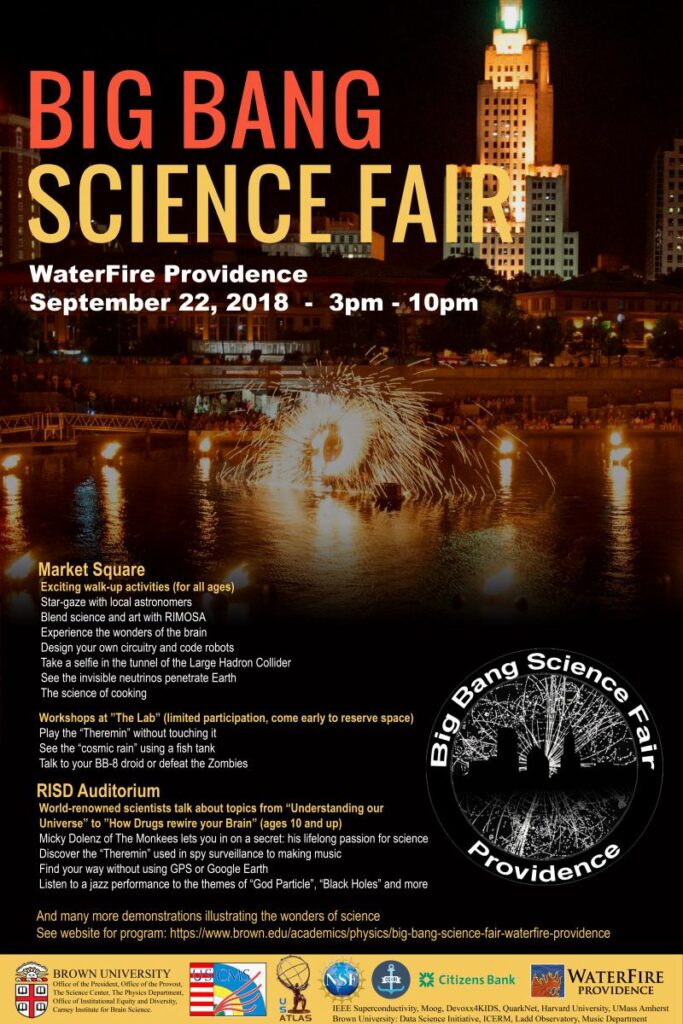 Join us on Saturday, September 22, 2018, for the “Big Bang Science Fair” at WaterFire Providence.
Join us on Saturday, September 22, 2018, for the “Big Bang Science Fair” at WaterFire Providence.
Sponsored by Brown University, CS4RI, USCMS Collaboration, IEEE Superconductivity, and Harvard University, with collaborating support of Bryant University, Citizens Bank, and CERN’s USCMS and USATLAS experiment.
Event Sponsors | Event Organizers
The event celebrates the intersections between science and the arts. We invite kids and adults of all ages to participate in the free, hands-on activities and discover science in our daily lives. For one exciting day, famous scientists team up with musicians, programmers, artists, and chefs to explore the wonders of science. Do not miss Musician Micky Dolenz from the legendary band The Monkees and meet the researchers working with the Large Hadron Collider at CERN, Geneva. Check out the schedule of presentations and performances in the RISD auditorium, make sure to collect a free ticket 30 minutes before for the interactive workshops in The Lab @ Market Square and drop in at the surrounding hands-on activity tents… all for the very first time at WaterFire! We start at 3 pm and go until late at night.
Join us for a thrilling evening of science and discovery!
Scheduled Talks
The lectures will run on the hour for 30-40 minute durations.
All talks will be held in the RISD Auditorium: 7 Canal Walk, Providence RI
Reserve free tickets for priority seating and guaranteed admission for the presentations of your choice.
No tickets required. All talks generally suggested age 10 and up
 3:00 pm
3:00 pm
“Making Music from Real-Time Scientific Data”
Juliana Cherston/MIT Media Lab
Lecture
Have you ever seen a doctor use sound from a stethoscope to diagnose a patient, or a car mechanic use the sound of a broken automobile to determine which part is malfunctioning? What if we could map data from many different systems to sound in order to better detect patterns in it? Or, use it as a new medium for artistic expression? This talk will introduce you to data sonification, an emerging field of research. We built a tool that lets scientists swipe scientific data streams between auditory and visual modes and another that showcases artistic sonification of real-time particle collision data from the ATLAS Detector at CERN. Some of the appeal and also some of the challenges and limitations to creating sound from data will be addressed.
 4:00 pm
4:00 pm
“Finding Our Way”
John Huth/Harvard University
Lecture
In today’s world, there is less and less need to observe the world around us, as computers and smart phones tell us where we are to some high degree of precision. In some ways, we’ve outsourced our cognition to technology. Is it possible to regain this? Regain a sense of the world? I will talk about the art of navigation using natural means, based on a course I teach. Navigation is a kind of metaphor for how we lead our lives. By navigating this way, we start to regain a sense of belonging to our environment.
 5:00 pm
5:00 pm
Science-fiction soundtracks & Espionage: The Theremin’s Odyssey
Dorit Chrysler/NY Theremin Society
Lecture + Demonstration
You might have come across the strange ghostly sounds – reverberations that might be described as pure science fictionesque. These provocative sounds are drawn from an instrument called the Theremin, developed in 1919 by the Russian physicist Lev Termen. Famously, it is one of the only instruments that is played without physically touching it, and is considered to be the world’s first practical electronic instrument. What prompted Lev Termen to turn the principle of his invented surveillance system into a revolutionary musical instrument? How does a Theremin work? Come and hear the cautionary tale of a physicist turned electronic music pioneer, whose inventions became steeped in politics and whose life story reads like a spy novel.
 6:00 pm
6:00 pm
“How Drugs Rewire Your Brain”
Dr. Karla R. Kaun, Robert J. and Nancy D. Carney Assistant Professor of Neuroscience at Brown University
Lecture
Have you ever wondered why people crave alcohol but not apples? We are wired to seek and respond to rewarding experiences, and drugs of abuse work by hijacking our brain’s reward centers. Our brains have 86 billion nerve cells with an estimated 150 trillion connections between them. The sheer number and variety of nerve cells within the brain’s reward centers, combined with their elaborate connectivity, has prevented us from understanding how drugs of abuse affect these brain circuits. My laboratory and I use fruit flies, which have only 100,000 neurons, to understand how drugs like alcohol affect the brain connections important for forming and maintaining cravings. Come and learn how we use an impressive array of cutting-edge neurogenetic tools in flies to understand how drugs of abuse change brain molecules in the brain’s reward circuits in order to cause cravings.

 7:00 pm
7:00 pm
“My Life in Science”
Micky Dolenz (Actor, and musician from the legendary band “the Monkees”) with Don Lincoln (Author and Physicist from Fermilab, America’s leading Particle Physics Lab)
A conversation
A little-known fact about Micky Dolenz of the legendary band The Monkees is that in addition to being a very talented musician he has a wealth of other skills. An expert carpenter and well-versed in Renaissance history, he is also a lifelong fan of particle physics. Don Lincoln will be talking to Micky about his love of science and how it’s never too late to go back to college.
 8:00 pm
8:00 pm
“Understanding Our Universe?”
Sylvester James Gates/Brown University
is a theoretical physicist, recipient of the 2011 U.S. National Medal of Science, and a member of the U.S. National Academy of Sciences.
Lecture
Mathematics is the only human language that allows an understanding of the universe that leads to outputs such as navigation apps for driving. But mathematics also relates to art and music. This presentation will show how all three can come together in unexpected ways in the quest to understand the universe.
 9:00 pm
9:00 pm
“Cosmix Zones” performed by the band “GOD PARTICLE”
Jazz Music Performance
Particle Physics theorist and accomplished musician Professor Stephon Alexander along with Grammy nominee Melvin Gibbs, Jared Williams and Colin Channer, plus a special surprise guest, will be performing four very special pieces: 1) AGN 649 2) Ornettes Vortex 3) Black Hole 4) Solar. These compositions are based on scientific concepts inspired by the smallest and the largest objects of our universe. They are dedicated to exploring and expanding on the connection between eminent scientists and musicians like Albert Einstein and John Coltrane.
Hands-On Workshops
WORKSHOPS @ THE LAB in Market Square (limited places)
All 50 mins max. duration. TICKETS available at the door 30 minutes before each event only. Please note suggested ages for each workshop. Adults welcome to all.
3:00 – 3:50 pm
Game Design with Scratch
Hosts: Devoxx4Kids USA and CS4RI
Suggested age 6 and up, adults welcome (6 to 12 to be accompanied by a parent)
Scratch (https://scratch.mit.edu) makes it easy to create interactive stories, animations, games, music, and art. You will create fun and interesting Scratch programs. You can also share these creations on the web. No programming experience or typing skill is required.
4:00 – 4:50 pm
Talk to your BB-8
Hosts: Devoxx4Kids USA and CS4RI
Suggested age 6 and up, adults welcome (6 to 12 to be accompanied by a parent)
Star Wars may be science fiction, but it will get closer to real life in this workshop. The company Sphero has made a real-life version of the BB-8 droid from the movie. In this workshop, we will be using block-based programming on a mobile app (Sphero Edu App from https://edu.sphero.com/) to program this droid. Attendees will learn basic programming concepts like control structures, variables, and operators to talk to the BB-8 droid. Program the droid to do things like exploring, running from stormtroopers, and base infiltration.
5:00 – 5:50 pm
Defeat the Zombies with Java and Raspberry Pi
Hosts: Devoxx4Kids USA and CS4RI
Suggested age 6 and up, adults welcome (6 to 12 to be accompanied by a parent)
Evil zombies have taken over the planet. You are one of the last survivors and need to retake the planet. Work with the other zombie exterminators in the lab to push back the undead. To fight off the zombies we will give you a Raspberry Pi, a touchscreen, and Java
Two sessions – 6:30 pm & 7:30 pm
“HANDS OFF” – How to play the theremin
Host: Dorit Chrysler, musicologist, and composer, is the director of the NY Theremin Society and founder of Kid Cool Theremin School, the first school of Theremin.
Suggested ages 10 years of age and up, adults welcome (10 to 12 to be accompanied by a parent).
The Theremin, an instrument that is played without touch, is still considered mysterious and is mostly known from science fiction soundtracks. Invented in 1919 by the Russian physicist Lev Termen during a period of espionage and surveillance systems, the theremin creates an illusion and deceives the eye: a box equipped with two antennas, this very first electronic instrument functions solely on transforming motion into sound. Experience playing the music without touching anything.
Two sessions – 8:30 pm & 9:30 pm
Using ‘Cloud Chambers’ to see the invisible sub-atomic world
Hosts: U.S. CMS & U.S. ATLAS Experiment at CERN, Switzerland
Suggested ages 8 years of age and up, adults welcome (8 to 12 to be accompanied by a parent)
Our huge Universe is made out of tiny particles that are completely invisible to us, but imagine if we could see them! Cloud chambers are particle detectors that make the paths of these tiny particles visible, allowing us to see the tracks that they leave behind. During this workshop, we will build these very special detectors to discover that the empty space around us is not as empty as we might think!
Walk-Up Activities
In Market Square
Appropriate for all ages!
https://www.brown.edu/academics/physics/walk-activities
Hands-on-activities and demonstrations in various spaces and tents around Market Square.
Please note suggested ages for some activities. Adults welcome to all.
Tent Rita Levi Montalcini: Neuroscience in Action!
Time: 3:00 – 10:00 pm
Experience the mysteries of our brain and nervous system through a series of hands-on activities and demonstrations.
- Build your own neuron
- Measure electrical responses from the nervous system
- Understand the mysteries behind optical illusions
- See a human-machine interface in action
- Explore the anatomy of the human brain
- And more!
Hosts: The Carney Institute of Brain Science (Brown University)
Activities early on in the afternoon will be geared towards our younger scientists, while activities later in the evening will become more complex.
Sidewalk Astronomy
Time: 3:00 – 11:00 pm
Get a close look at the planets, stars, and galaxies through powerful telescopes, set up and operated by expert astronomers from Brown University. Learn about telescopes, the planets, and other astronomical topics while seeing the stripes of Jupiter, rings of Saturn, craters of the Moon, and spiral arms of Andromeda. We will also have special telescopes up to look at the details of the Sun’s chromosphere and photosphere before sunset.
Hosts: The Graduate Physics Organization (Brown University)
Tent Marie Curie: Scientist for a Day
Time: 3:00 – 6:00 pm
Come to see and take part in fun and exciting physics demos. Learn how parts of our everyday life–things like air, light, and gravity–can behave in unexpected ways. Experience the wonder and amazement that scientists experience each day while conjuring up crazy research ideas and running elaborate experiments! Be a scientist for a day by getting your hands involved in experiments such as: Changing the direction of light; Defying gravity with uphill motion; Manipulating air to draw objects together. Also check out these other fun “experiments”: How to detect a scientist; Finding the center of mass for Rhode Island; and more!
Hosts: Brown University Physics Students
Tent Marie Curie: Amazing Science!
Time: 6:00 – 9:00 pm
Hands-on experiments for everyone. Witness strange and amazing phenomena with light, heat, pressure, and some extraordinary materials. Come to explore optical illusions, disappearing beakers, dancing ooblek, monster marshmallows, cola volcanoes, spontaneously combusting cotton balls, assorted explosions and much more. Try your hand at the Brazil nut game, exercise your artistic talent at the surface tension paintbox, and test your strength with the Magdeburg spheres.
Hosts: The Science Outreach Team (University of Massachusetts, Amherst)
Tent Frances E. Allen: Computer Science activities
Time: 3:00 – 11:00 pm
- Pixel Art: Turn the way images are represented into a series of numbers representing pixels using its own algorithm. Use your computational thinking skills to reveal a piece of art.
- Paper Circuitry: Build a functioning electronic circuit built on a paper surface. Arts techniques, such as origami, paintings, or paper airplanes can fuse with circuitry to combine aesthetics and functionality.
- Towers of Hanoi: A mathematical game or puzzle that requires a little alternative thinking and some basic problem-solving skills. Give yourself the opportunity to see if you can solve the recursive problem.
Hosts: CS4RI, RIDE and Citizens Bank
Tent Maria Goeppert Mayer: Innovate by merging art with science
Time: 3:00 – 11:00 pm
Observe, explore and create! Awaken your curiosity by merging art and science using interactive exhibits by RIMOSA.
- Flight Tube: experiment with the movement of items in the turbulent air by tossing in objects of various sizes, materials, weights etc. Watch as they spin, float, sink or fly in the wind.
- Shadow and Light: Using an overhead projector, colored spots, and objects. Explore shadow sculptures, transparency, and illusion.
- STEAM Table top activities: Create your own colored top. Explore iridescence and thin films with bubble wands and wire creations
Hosts: Rhode Island Museum of Science and Arts (RIMOSA)
Snap a selfie in front of the 100 meter underground LHC Tunnel, CERN, Switzerland.
Time: 3:00 – 11:00 pm
Come and snap a selfie or have your picture taken in front of the famous LHC Tunnel, which is located 100 meters under the Jura mountains in Switzerland. Imagine yourself running, with speeds close to the speed of light, and with a close-knit team of 100 billion protons in this 27-kilometer long circular tunnel.
Hosts: U.S. CMS & U.S. ATLAS Experiment CERN, Switzerland and the CMS Experiment team at Brown University
Science of Cooking
Time: 5:00 – 10:00 pm
Let the kitchen be your science laboratory! In this interactive exhibit, taste the principles of physics, engineering, biology, and chemistry. Learn how to think like a chef and a scientist by exploring the scientific concepts in everyday cooking, observe physical and chemical changes in the food. Join us in Market Square to play with our food.
Hosts: Boston University and EZ Compliments
Tent Ada Yonath: Cool Chemistry
Time: 3:00 – 10:00 pm
These enthralling awesome exhibits will capture your attention and spark an enduring interest in science. Get your hands busy with various chemistry tricks that are sure to keep you wanting more! We’ve got frozen bubbles, “PH painting,” cabbage juice indicators, a floating bowling ball, levitating balloons, and a wind tube!
Hosts: Brown University, Chemistry Department
Neutrinoscope
Time: 5:00 – 10:00 pm
Come and experience the NeutrinoScope, an app that turns your iPhone or iPad into a neutrino sources detector and lets you see the neutrinos all around you! Billions of these tiny, almost massless particles are passing through us every second. While physicists need very large and complex detectors to study them, NeutrinoScope, an iOS app which uses augmented reality (AR) to give us a glimpse into a world where we can see the invisible and learn all about these peculiar particles.
Hosts: Cambridge Consultants and Durham University
Experience our Universe through Virtual Reality
Time: 6:00 – 8:00 pm in the lobby of RISD Auditorium
Get yourself ready for the 8:00 p talk “Understanding Our Universe?” by experiencing the tiniest and largest objects in the observable universe in virtual reality. Rhode Island Virtual Reality (RIVR) is bringing Oculus GO headsets for the whole family to try. We’ll have two experiences on hand where you will be able to experience:
- A short film and exploration of our observable universe and
- A supernova remnant visualization (by Brown University and NASA’s Chandra X-Ray Observatory partnership)
Hosts: Rhode Island Virtual Reality
Art@CMS: View some art pieces from CERN in Switzerland and see the art of science and the beauty of creation in the Market Square.

Art@CMS is an education and outreach initiative of the CMS experiment at the Large Hadron Collider (LHC), the world’s largest and most powerful particle accelerator at CERN, the European Laboratory for Particle Physics. It strives to promote a lasting dialogue between the LHC community, the art world, and educational groups for a greater appreciation and understanding of particle physics research and its contribution to education and society. They have set up school-based projects and art-science collaborations with a common goal: to reach out to new and larger audiences, different to those traditionally addressed by scientific outreach events, by fostering creative synergies between scientists, students, educators, and artists from around the world.
About the author
I've worked at WaterFire Providence since 2003. For the first 9 years of my career, I worked in the Production Shop learning all of the details that go into the physical production of the event. In 2012 transitioned to the role of managing WaterFire's social media and web presence. I now head up WaterFire Providence's digital projects including, web, social, databases, and our physical IT infrastructure.

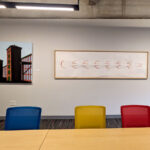
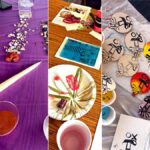
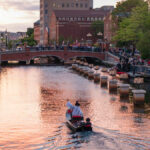
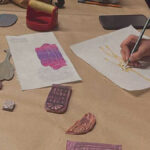
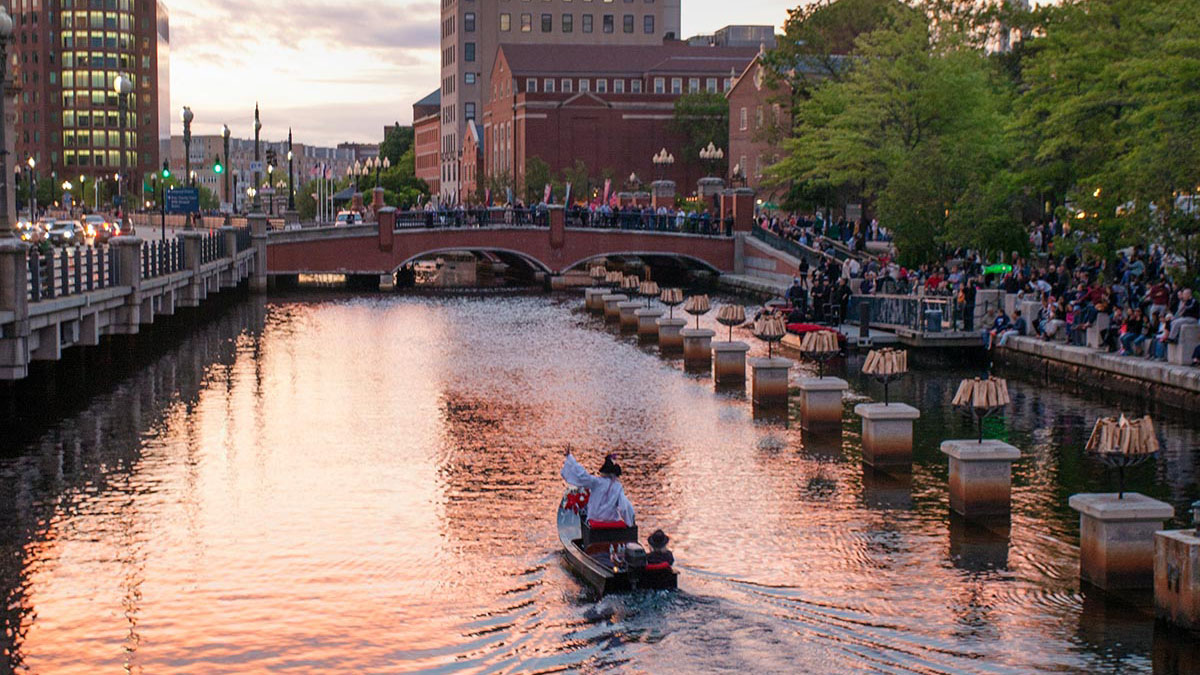
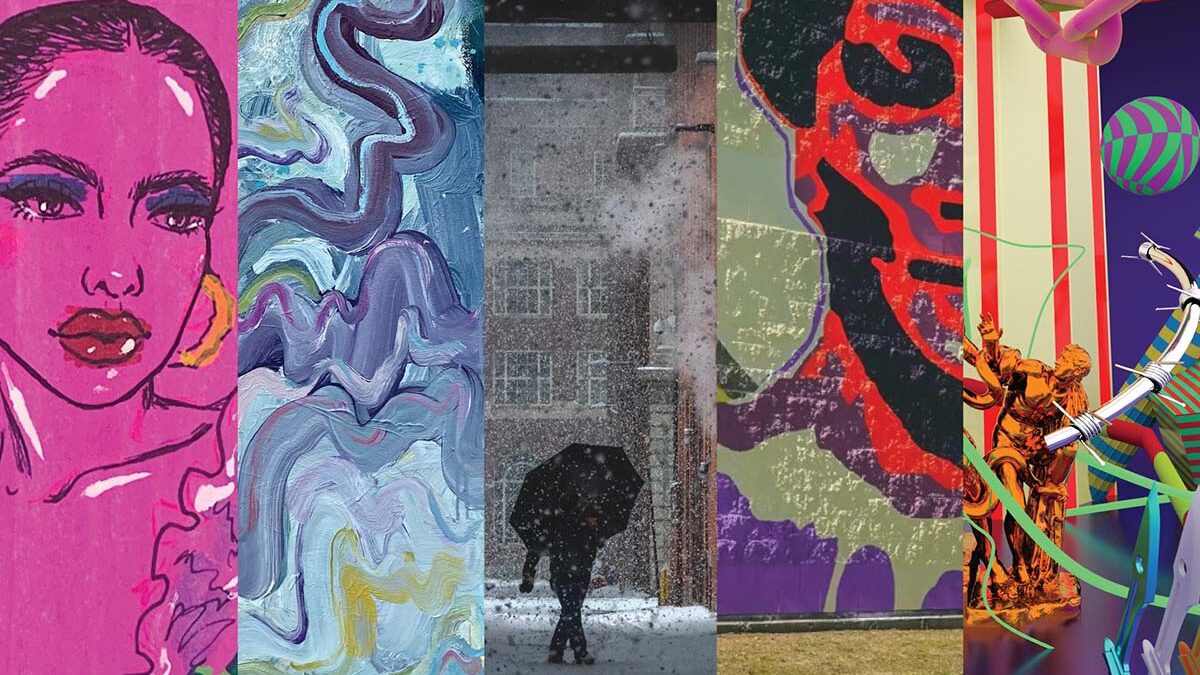
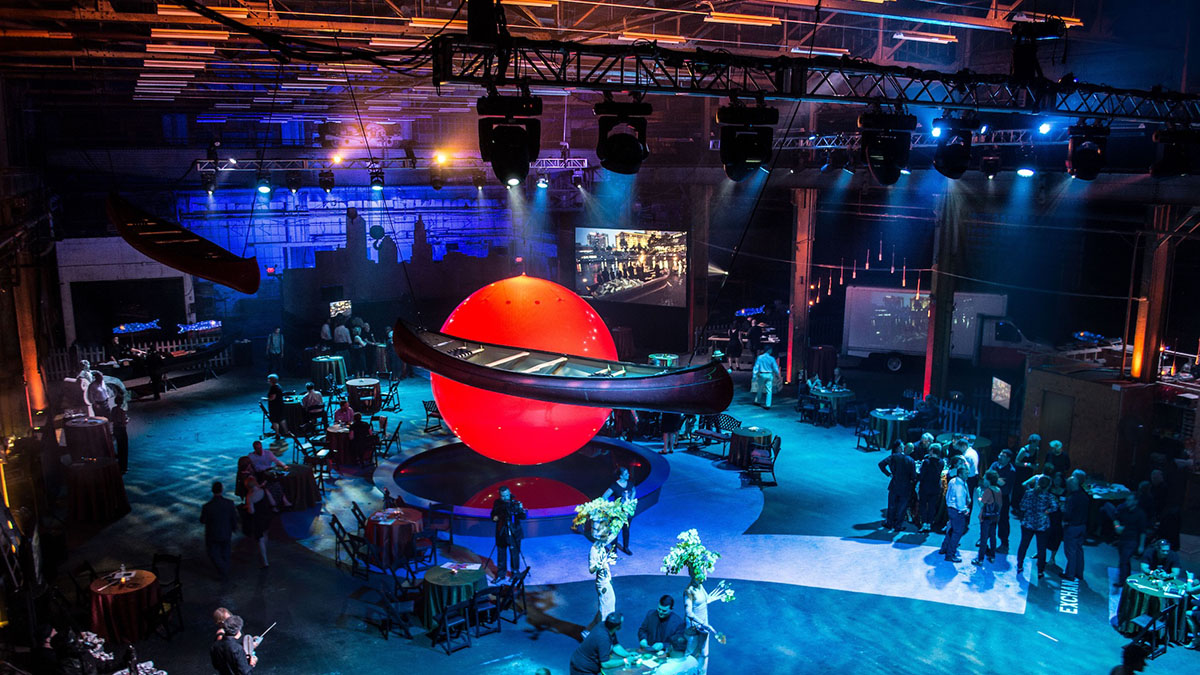
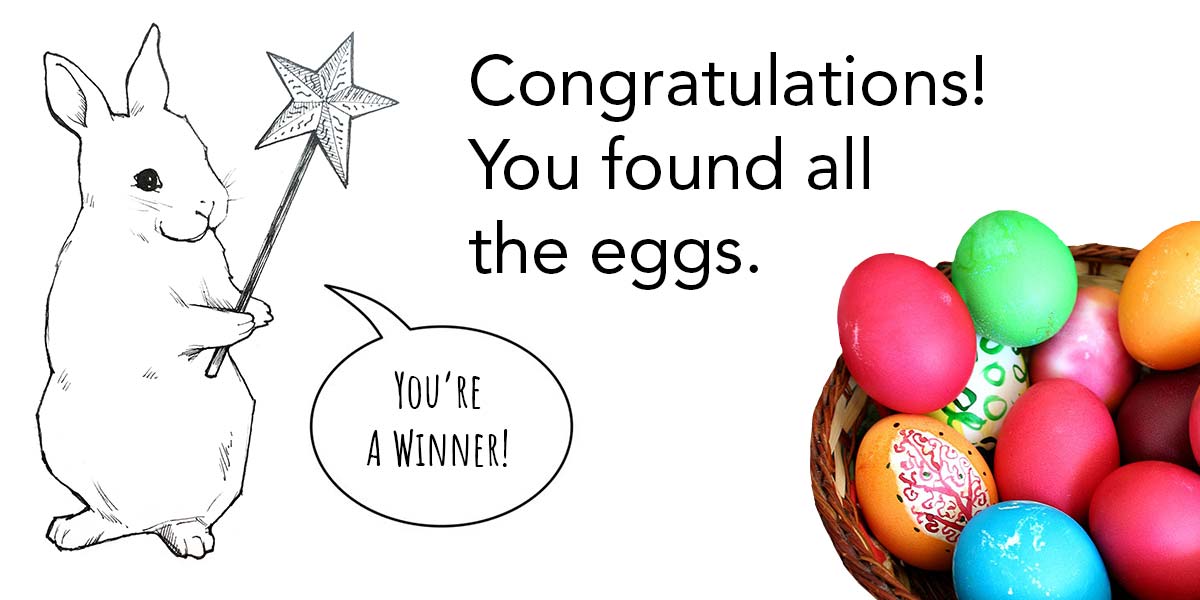

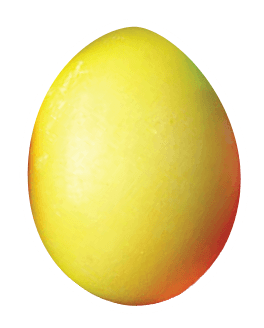
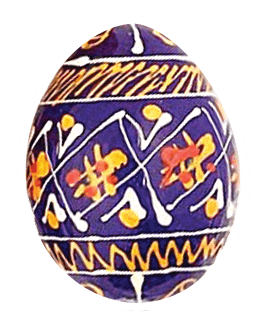
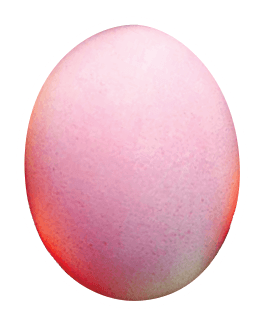
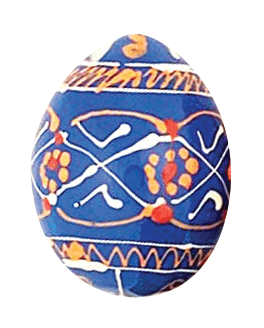
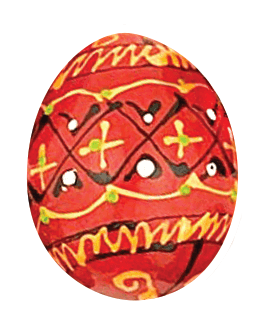
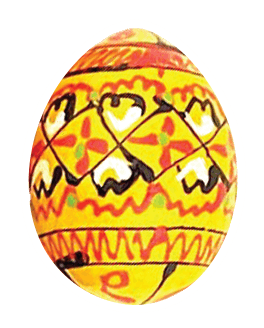
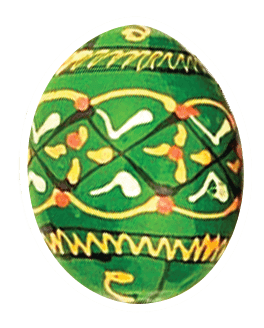
Hi. I’d like to reserve 3 passes for the Micky Dolenz 7 pm talk.
Thank you.
Scott, you need to make reservations through Brown’s Eventbrite page – https://www.eventbrite.com/e/waterfire-providence-big-bang-science-fair-presentations-demonstrations-tickets-50047168428